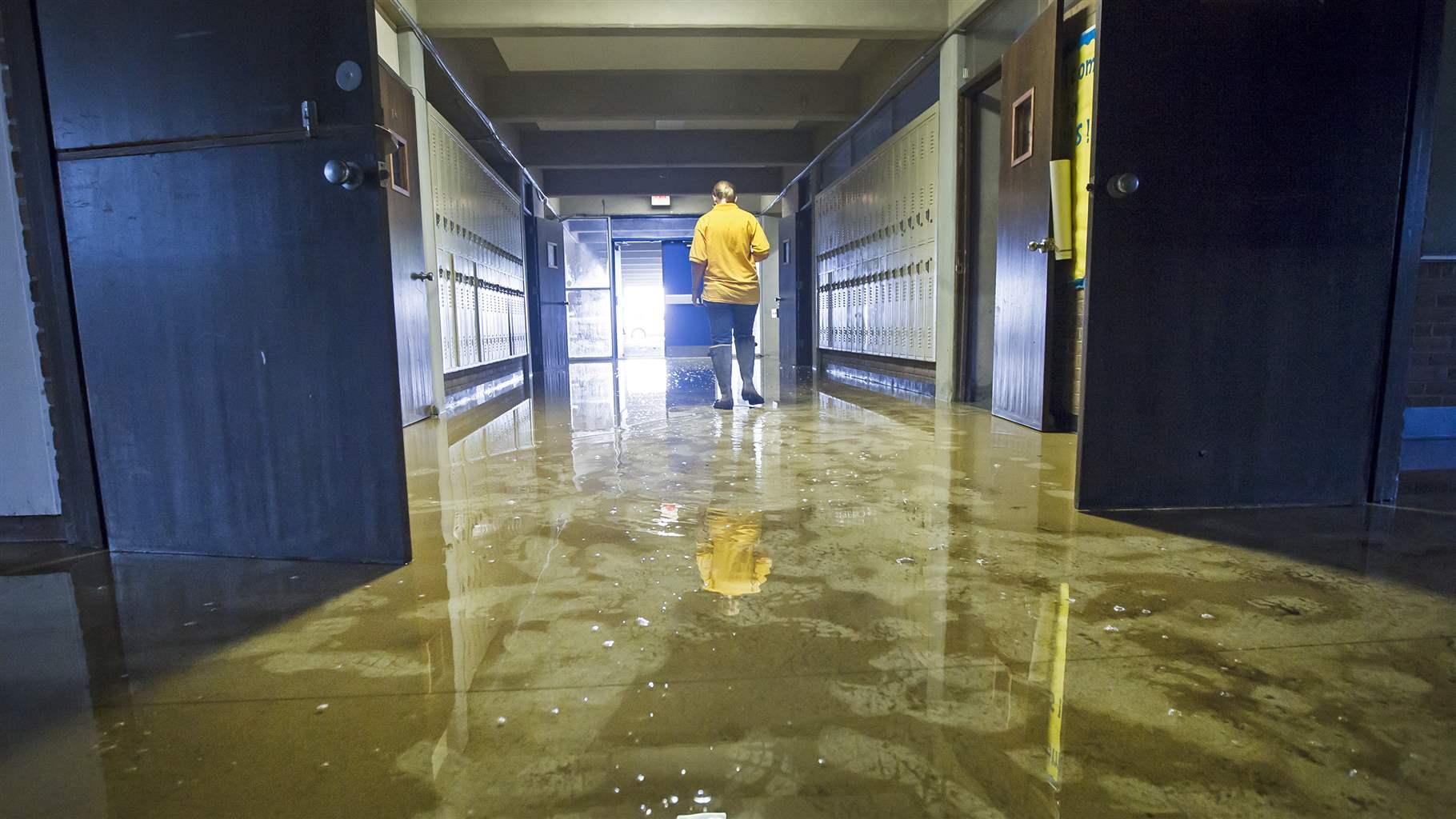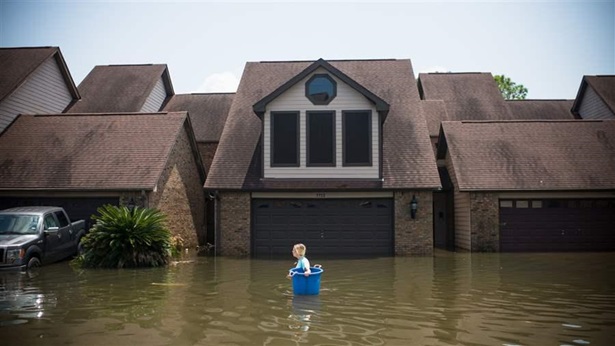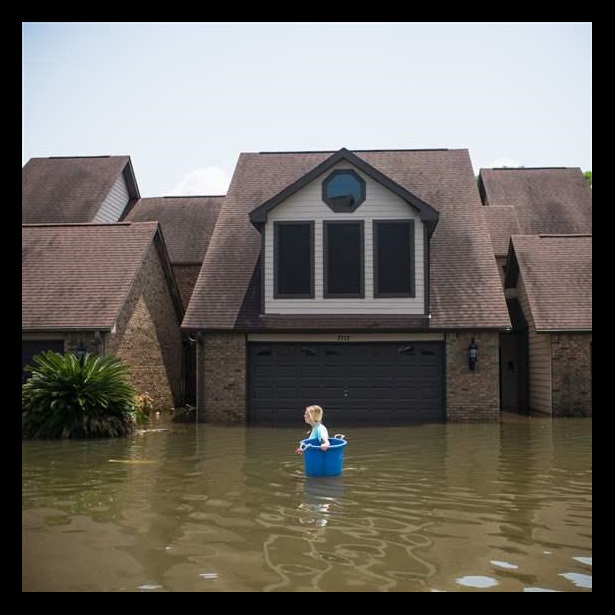Local, State, and Federal Experts Highlight Need for Increased Investment in Flood Mitigation
Webinar panelists cite successes and challenges in protecting communities from increasing disaster risks

Only weeks into the 2020 Atlantic hurricane season, three named storms have this year off to a fast start. This is unwelcome news for many communities looking to limit the impacts of disasters such as hurricanes and flooding. To help identify key challenges and potential solutions, The Pew Charitable Trusts recently hosted a webinar, “Investing in Resilient Infrastructure and Disaster Mitigation—Why It Matters More Now Than Ever.” The session featured a panel of experts with deep knowledge of evidence-based solutions to counter the growing problem of flood-related disasters, which have cost our country more than $845 billion since 2000.
There is “a strong economic case for taking flood mitigation actions at the local level,” said Anil Sarda of the Economist Intelligence Unit (EIU). He explained that the EIU Flood Economics’ analysis of 21 “flood loss avoidance studies” from around the country concluded that flood mitigation not only saves on the cost of repairs, but it also helps to revitalize neighborhoods, increases public safety, and can reduce insurance premiums.
Sarda highlighted two case studies: one of riverine areas in and around Houston, where flood mitigation saved $325 million in potential losses from Hurricane Harvey, and one of the Drew Valley-Brookhaven watershed area of DeKalb County, Georgia, where citizens demanded action after damaging rains in 2003. County commissioners responded with a plan—largely supported with Federal Emergency Management Agency (FEMA) grants in addition to a stormwater utility fee—to remove repeatedly flooded homes, upsize culverts, and build a community detention pond. The pond accounted for an estimated $826,000 in avoided losses when a major storm hit in September 2009.
Sharon Weston Broome, mayor of Baton Rouge, Louisiana—who also co-chairs the Mississippi River Cities and Towns Initiative (MRCTI), an association of 96 mayors in 10 states—explained that a 1,000-year deluge in 2016 devastated Baton Rouge with “more water in 74 hours than flowed through the Mississippi in 17 days.” The city responded by creating a stormwater master plan to help mitigate future flooding. It has led to two major flood mitigation projects: a 12-mile Comite River diversion canal and a $255 million project spanning five tributaries to help reduce overflow from the Comite and prevent backwater flooding along the eastern border of Baton Rouge.
Last year, East Baton Rouge Parish activated an All Hazards Recovery Plan that includes short- and long-term community-wide recovery strategies. Those include capacity building; economic recovery; health, housing, and social services; and infrastructure. And MRCTI mayors worked with members of Congress to introduce the Resilience Revolving Loan Act of 2019, which would fund projects that augment natural infrastructure and calls for FEMA to establish capitalization grants that states can use to create revolving loan funds to finance resilient infrastructure.
At the state level, Matthew Strickler, Virginia secretary of natural resources and chief resilience officer, noted recent strides the state has made toward reducing flood risk. The Virginia Coastal Resilience Master Plan will establish a framework for addressing mitigation challenges. And the Virginia Community Flood Preparedness Fund offers low-interest loans to support local mitigation projects.
However, Strickler said state officials are working to overcome significant challenges that remain, including implications to the tax base when private property floods; a need for improved collaboration between state agencies and the Army Corps of Engineers, and regulatory limitations for local jurisdictions. “We need to create a united vision at the state level to make sure all communities are included in planning to mitigate some of these hazards,” he explained.
Although jurisdictions across the country are finding innovative ways to better mitigate flood damage, they still need increased support from the federal government to maximize success.
Craig Fugate, a former FEMA administrator, noted that since 2005, “federal financial disaster assistance has already exceeded a half-trillion dollars.” And that doesn’t include losses through private insurance, drops in tax revenue, or disruptions to businesses, Fugate added.
He said the problem stems from FEMA’s historical focus on past data to guide efforts such as pricing risk for flood insurance and disaster recovery spending. He urged all levels of government to “build our infrastructure for the future, not the past; that means exceeding current codes and regulations.” Otherwise, the trend of increasingly extreme weather will only cause disaster costs to continue rising.
Forbes Tompkins is a manager for The Pew Charitable Trusts’ flood-prepared communities initiative.


America’s Overdose Crisis
Sign up for our five-email course explaining the overdose crisis in America, the state of treatment access, and ways to improve care
Sign up

Mitigation Matters: Policy Solutions to Reduce Local Flood Risk












